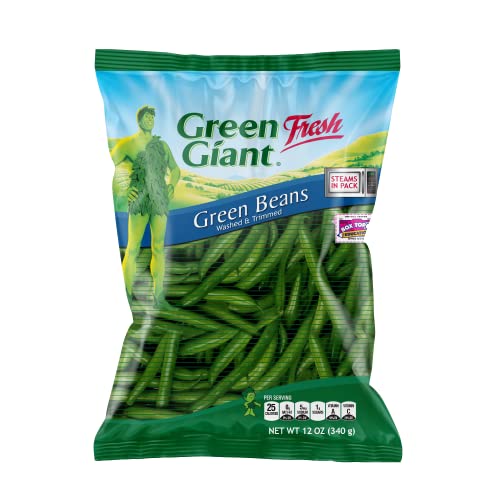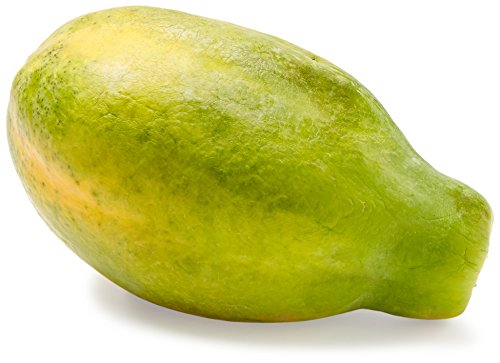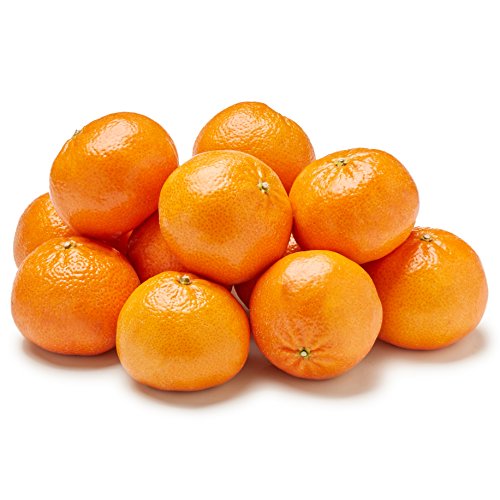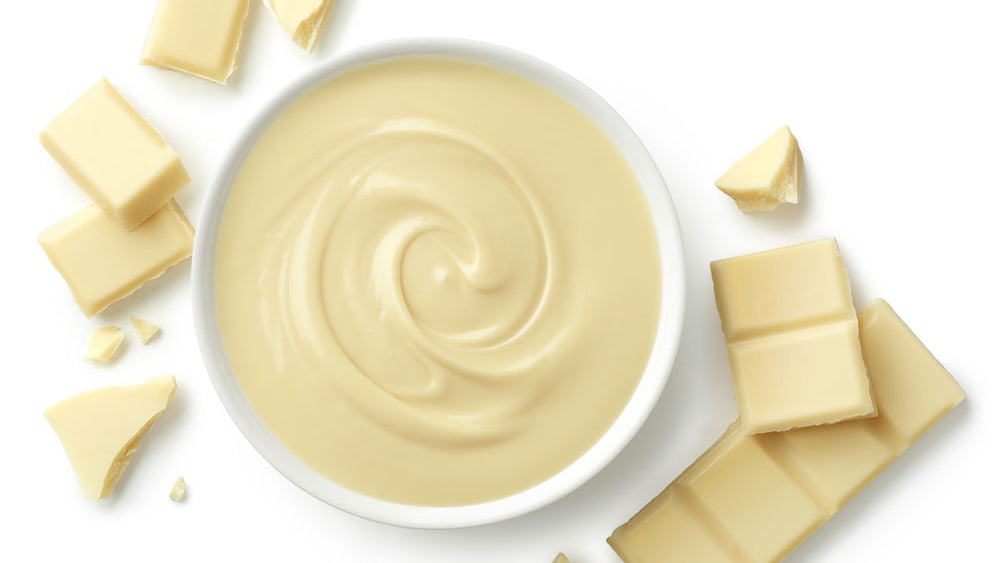Have you ever stopped to read the ingredient list on your food labels?
Food additives are a topic that, as a nutrition professional, I am very passionate about. I have always supported recommending a diet with minimally processed foods. After reviewing preliminary cell and animal studies on many food additives, my personal views have been strengthened.
After all, some food additives are banned in other countries or require a warning label placed on the product. However, I understand that the overall topic of food additives has limitations due to the need for more human studies.
It is not a coincidence that there are increasing rates of inflammatory diseases and functional gastrointestinal disorders (such as IBS) in Western countries like the United States, and the risk of developing these conditions coincides with increased consumption of ultra-processed foods due to convenience and ease. It is essential to highlight this topic because, as a consumer, I want to know what I am putting in my body and how it possibly affects my overall health. I want you to understand this, too, so you can decide what is best for you and your family.
So let me begin by defining food additives and naming a few of the ones I want to take a deeper dive into over the next several months.
A food additive is defined by the Food and Drug Administration (FDA) as any substance used in the production, processing, treatment, packaging, transportation, or storage of food. They have become more notable over recent years since there has been an increase in processed and convenience foods. Food additives are not just used for preservation, but they also make food look more appealing (ex., food dyes).
Examples of Food Additives:
-Artificial sweeteners: saccharin, sucralose, aspartame
-Polyols: erythritol, maltitol, sorbitol, xylitol – also used as sweeteners
-Emulsifiers: carboxymethylcellulose (CMC), polysorbate-80 (P80), soy lecithin, carrageenan, gums
-Food colorants and dyes: titanium dioxide, food dyes (ex. Red 40)
-Preservatives: sodium benzoate, sodium nitrate, sodium nitrite
As mentioned, I will dig into each of these more in-depth and discuss the current state of research on these food additives.
In general, I highly recommend choosing a whole foods diet. Additional tips to help create a less processed, more nutrient-dense plate:
- Pick fresh fruits and vegetables, minimally processed whole grains, and high-quality cuts of meats/fish/chicken.
- Shop the grocery store's perimeter and choose local if there is a farmers market!
- If organic is an option for you, consider this as well because organic tends to have more restrictions on the types of preservatives and pesticides used.
- Begin reading food labels and become familiar with what is in the foods you pick at the store; compare items to make the best choice.
- Talk with a registered dietitian to learn more about reading food labels and deciphering ingredient lists.
*STAY TUNED for more information on food additives and gut health*
- Sagon, C. (2014, August 28). 8 foods we eat that other countries ban. Blogs.
- Gerasimidis, K., Bryden, K., Chen, X., Papachristou, E., Verney, A., Roig, M., Hansen, R., Nichols, B., Papadopoulou, R., & Parrett, A. (2019). The impact of food additives, artificial sweeteners and domestic hygiene products on the human gut microbiome and its fibre fermentation capacity. European Journal of Nutrition, 59(7), 3213–3230.
- Kwon, Y. H., Banskota, S., Wang, H., Rossi, L., Grondin, J. A., Syed, S. A., Yousefi, Y., Schertzer, J. D., Morrison, K. M., Wade, M. G., Holloway, A. C., Surette, M. G., Steinberg, G. R., & Khan, W. I. (2022). Chronic exposure to synthetic food colorant Allura Red AC promotes susceptibility to experimental colitis via intestinal serotonin in mice. Nature Communications, 13(1).
- Marion-Letellier, R., Amamou, A., Savoye, G., & Ghosh, S. (2019). Inflammatory bowel diseases and food additives: To add fuel on the Flames! Nutrients, 11(5), 1111.
- Rinninella, E., Cintoni, M., Raoul, P., Gasbarrini, A., & Mele, M. C. (2020). Food additives, gut microbiota, and Irritable bowel syndrome: A hidden track. International Journal of Environmental Research and Public Health, 17(23), 8816.
- Center for Food Safety and Applied Nutrition. (n.d.). Food Ingredient & packaging terms. U.S. Food and Drug Administration.




















Comments
Join The Conversation...